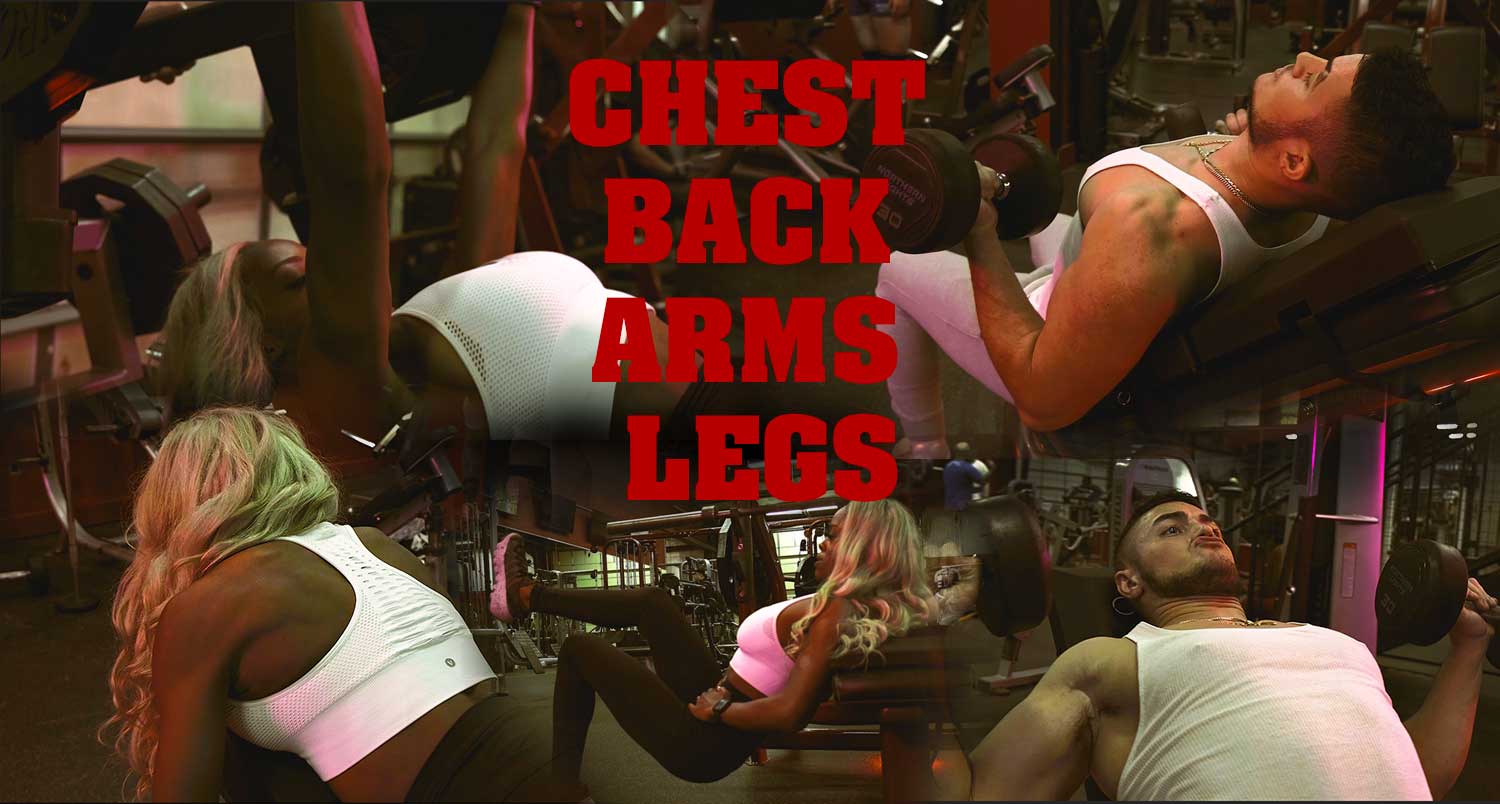Inventing The Launch Pad — Ending a 100-Year Bench Press Problem
As a certified trainer, former powerlifter, and dedicated lifter of over 20 years, I’ve spent more time under the bar than most. I’ve trained in hundreds of gyms, taken countless courses, and used nearly every piece of equipment the fitness industry has to offer. One thing has always been clear: in strength training, it’s not just what you do—it’s how you do it.
Every effective lift begins with setup and stabilization. These are the non-negotiables. Without them, the prime movers can’t fully engage, joints become compromised, and performance suffers. At Advanced Muscle Mechanics, we realized that while training methods have evolved, most equipment still overlooks this foundational truth.
A CRITICAL DISCONNECT
The fitness equipment industry has become increasingly sophisticated, yet the typical end user’s understanding of biomechanics, setup, and form hasn’t kept pace. We saw a widening gap: manufacturers designing for movement patterns, but not for the prerequisites of those patterns—setup and stability. As a result, many athletes unknowingly operate with compromised mechanics, leading to poor results, steep learning curves, and increased injury risk.
THE PROBLEM: THE BENCH PRESS IS BROKEN
The bench press is often hailed as the king of upper-body lifts, yet it’s also one of the most misunderstood and injury-prone. Unlike the deadlift, where setup cues are widely understood and coached, benching is deceptively complex and rarely taught with biomechanical precision.
Flat benches—the industry standard for decades—pin the scapulae, restrict natural shoulder motion, and place the shoulder joint in mechanically vulnerable positions. ABA sports physiotherapist Ulrik Larsen has called the flat bench the most common cause of shoulder injuries in the gym, largely because it impedes scapular mobility and forces the humeral head into unsafe ranges during pressing (Larsen, 2020).
Research supports this: scapular positioning and dynamic control are essential for both shoulder safety and pectoral activation (Duffey, 2008). Most flat pads don’t support these fundamentals.
Learn how we address these issues in The Launch Pad™ and explore our peer-reviewed research.
THE SOLUTION: THE LAUNCH PAD™
We designed The Launch Pad™ to fix what traditional benches ignore—setup, stabilization, and scapular freedom.
- Enhances strength and power output
- Reduces joint stress and injury risk
- Supports anatomically correct pressing mechanics
WHAT MAKES THE LAUNCH PAD™ DIFFERENT?
Chamfered & Filleted Side Panels

Traditional flat benches block scapular movement. The Launch Pad’s chamfered side panels allow natural scapulo-humeral rhythm, unlocking pec contractile range while reducing shoulder strain and impingement risk.

Adjustable Lumbar Support

The lumbar system elevates the sternum and supports the lower back, placing lifters in the optimal arched posture recommended by elite coaches and clinicians.

Power Optimization via Full-Body Stability
Leg drive is critical to force transfer. The Launch Pad increases ergonomic contact points across the back, hips, and scapula, creating a rock-solid base to apply leg drive more effectively.

Joint Centration & Mechanical Efficiency
Proper joint centration (“the magic position”) aligns tissues for max strength with minimal risk (Rusin, 2021). The Launch Pad guides lifters into stacked positions (wrist–elbow–shoulder) for optimal force and minimal shear.

Built-In Teaching Tool for Coaches & Practitioners
From barbell bench to machine pressing, The Launch Pad improves consistency, reduces cueing burden, and supports repeatable, safe biomechanics rep after rep.
See practical applications in our Research articles, or learn how The Launch Pad™ integrates across benches and machines on the product page.
VERSATILE. COMPATIBLE. PORTABLE.

The Launch Pad fits:
- Flat, incline, and decline Olympic benches
- Adjustable benches (FID)
- Plate-loaded or selectorized machines
- The floor (e.g., floor press, glute bridges, ab work)
Setup takes seconds. Strap it on. Train. Unstrap. Fold. Bag. Go.
VIDEO: THE SCIENCE BEHIND THE LAUNCH PAD™
References
- Bonvechio, T. (2019). STACK.
- Boyce, L. (2021). Bodybuilding.com.
- Duffey, M. (2008). Penn State Thesis on Shoulder Kinetics in Bench Press.
- Heid, M. (2016). Men’s Health.
- Kazmaier, B. (1981). Dynakaz.
- Larsen, U. (2020). Rehab Trainer.
- Larsen, U. (2008). Sports Injury Bulletin.
- Murphy, C. (2019). Elite FTS.
- Rippetoe, M. (1985). Starting Strength.
- Rusin, J. (2021). T-Nation.
- Sutton, B. (2021). NASM.

